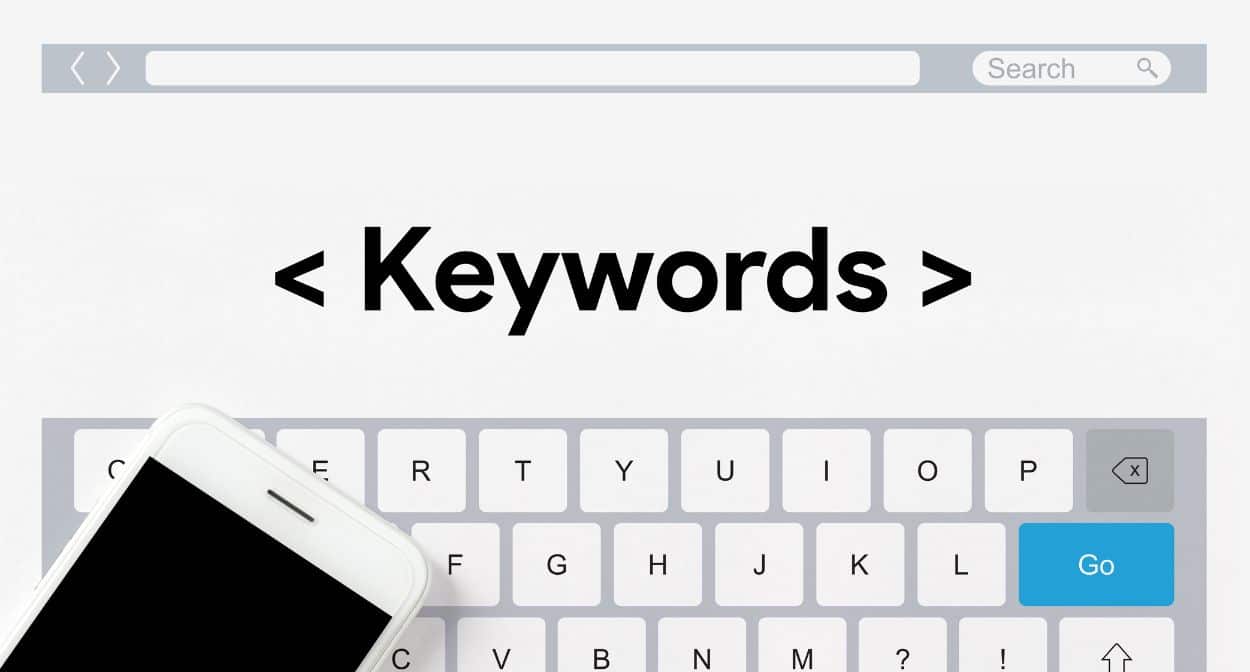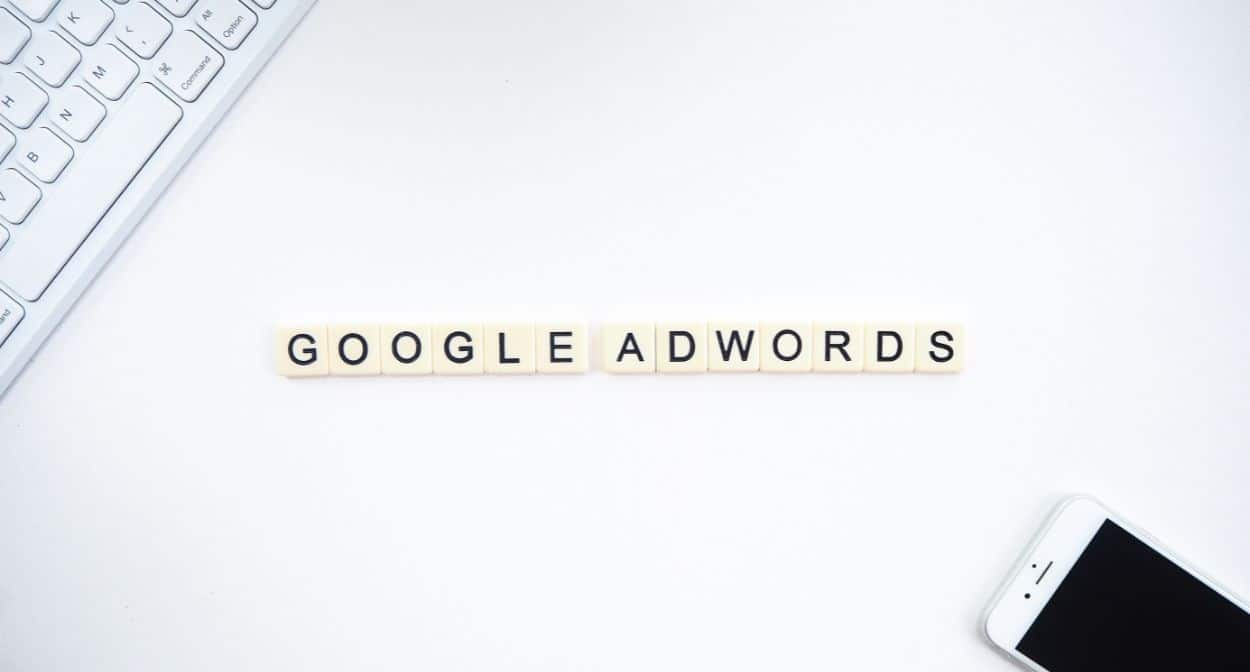Mike was excited to launch his custom auto restoration shop “Gearhead Garage” online. He pictured a virtual showroom brimming with vintage Mustangs and muscle cars awaiting his magic touch. However, after months of promoted posts, his shop remained stuck in neutral. Mike learned that without a strategic approach, Google Ads delivers lackluster results.
Across industries, businesses overestimate the plug-and-play simplicity of effective Google Ads. Creating an account is easy, but fueling it to drive meaningful leads takes research, planning, and vigilance. Without these fundamentals, it’s akin to expecting to win the Indy 500 in a faulty jalopy with no pit crew support.
This article will navigate businesses around potholes of the most common Google Ads mistakes sabotaging lead gen. We’ll provide a strategic roadmap to avoid wasted ad spend and keep your shop booked. From neglected negative keywords to cluttered campaign structures, we’ll diagnose the problems and deliver an actionable tune-up.
Let’s open the hood and stop good budgets from funding bad results. Our checklist will have your digital marketing purring like a kitten, conveying qualified customers straight through your virtual garage doors. Put the pedal to the metal on lead generation with Google Ads done right!
Mistake 1: Using Overly Broad Match Types

For Mike’s “Gearhead Garage”, bidding on the broad term “engine repair” attracted clicks from those querying “best computer repair options” and “engine cleaning products”. These irrelevant searches drained the budget without providing qualified leads. It created unnecessary noise, hindering the signal of solid prospective customers.
The solution lies in adopting a mixed-match type approach aligned to your offerings and customer journey:
- Leverage exact and phrase match for targeted service terminology. For construction, phrases like “kitchen renovation quotes” or “concrete staining pricing”.
- Broad match has its place to test new keyword variations, but apply tight monitoring and negative keywords to filter irrelevant results.
Blending match types strikes the right chord between volume and precision. It serves your ads to customers ready to transact while minimizing spend on those just browsing unrelated spaces. Mastering match types is a crucial step in making Google Ads profitable.
Mistake 2: Ignoring Negative Keywords

Equally as essential as the terms you bid on are terms you expressly exclude using negative keywords. This advanced matching option allows you to filter out searches irrelevant to your business.
For a high-end auto restoration shop, failing to add “scrap cars” and “junkyard” as negative keywords means wasting budget on those looking to ditch a beater rather than restore a classic. An outdoor kitchen installer skipping negatives like “small appliances” risks their ad appearing for unrelated household appliances rather than outdoor grills or mini-fridges.
Crafting a comprehensive negative keyword list is challenging but pays dividends by intercepting false matches. Guideposts in building yours include:
– Mine search query reports to identify anomalies
– Revisit what makes you unique vs competitors
– Consider what need or problem you solve for customers
– Brainstorm words indicating other solutions
Regularly refine as language and search behavior evolves. The vigilance pays off. One contractor targeting “kitchen upgrades” trimmed related spend by 30% after adding negatives for appliance and furniture queries.
Protect your budget and only appear for customers you can serve. Negative keywords act like filters, sifting serious inquiries from irrelevant looky-loos.
Mistake 3: Weak Ad Copy

You’ve identified the right audience and terms to trigger your ad. Excellent! Yet many shops sabotage their efforts with lackluster ad copy. Generic, feature-focused messaging fails to ignite interest or communicate unique value.
Rather than Mike simply promoting “engine repair”, what if his ad transported readers into imagining the growling rumble of a rebuilt Hemi V8? How could a landscaper convey the serene tranquility of an expertly crafted water feature rather than “we install ponds”?
Compelling Google Ads parallel the emotional experience customers seek. They illustrate the before and after, bringing desires to life.
Follow these creative writing principles:
– Spotlight the dream outcome, not just the service
– Share the journey – what’s it like working with you?
– Reflect the audience’s motivation and personality
– Make benefits tangible – help them visualize success
– Close with a solid CTA answering “What’s next?”
Execute this well, and watch out for overpromising. Set proper expectations while showcasing aspirational outcomes from your work. Get creative, inject personality, but maintain credibility.
With digital real estate at a premium, ad copy makes or breaks whether you move the advertising needle. It’s your virtual curb appeal and first impression – so make it count!
Mistake 4: Misaligned Landing Pages

Avoid sending all traffic to a generic homepage. Also, sidestep promoting one offer yet sending visitors to unrelated content. Both deter visitors from taking action. Architect differentiated landing pages for each ad campaign theme.
For a kitchen remodeling ad, the destination should showcase project galleries, design inspiration, and a lead generation form – not just list your services. Every element should pick up where the ad left off.
Craft cohesion between the ad and landing page by:
– Mirroring headlines and messaging
– Consistent branding and visuals
– Matching offers and calls-to-action
– Fulfilling the value promised
Misalignment stunts lead generation and harms your Quality Score and ad price. Don’t just track clicks. Monitor bounce rates and goal completions to quantify the landing page impact. Use A/B testing to discover what site visitors truly want next.
Get landing pages right, and your ads will convert curiosity into scheduled consultations. That drives ROI and business growth!
Mistake 5: One-Size-Fits-All Targeting

Many companies either avoid audience targeting altogether or define targets too broadly without enough specificity. Both issues dilute the effectiveness of Google Ads by misaligning messaging with motive.
Rather than promote custom chrome delete services to all car owners nationwide, limit targeting to regions where you operate and tailor ads to recreational auto enthusiasts primed for cosmetic upgrades.
Likewise, a contractor making ads for siding installation should geo-target homeowners over age 45 researching exterior remodel projects rather than blasting to all locals. Go narrow to get noticed by your niche.
Tactics to get targeting right:
Geo-targeting: Only appear in geographical areas you serve where leads convert at profitable spending levels
Demographics: Factor decision-maker age, income, and home type to qualify for interest
Intent-based: Show to those actively researching related topics like your services
Contextual: Place ads on sites frequented by your audience when they’re receptive
Regularly reevaluate targeting as new tools emerge.
For example, smart bidding leverages machine learning to optimize bidding automatically towards the highest-converting audiences. Start specific and expand cautiously. Proper targeting increases conversion rates.
The tighter your focus, the better the results. Laser-targeting elevates relevance, reducing wasted impressions so you attract premium customers within budget.
Mistake 6: Campaign Clutter

Prevent this fate by architecting orderly campaign frameworks from the start:
– Group keywords with tightly related themes into specific ad groups. Pools and ponds get one group for a landscaper, while patios and outdoor kitchens have another.
– Create granular, ultra-targeted ad variations tailored to each ad group topic vs generic one-size-fits-none ads.
– Continually prune outdated keywords, attracting irrelevant clicks using monthly search query analysis.
Ongoing discipline prevents a descent into chaos. Set calendar reminders to revisit campaign hierarchy, ad relevance, and keyword performance. Leverage tools like Search Term Reports to perfect negative keywords and identify new opportunities.
Think of your account structure like well-organized garage toolboxes, with everything precisely where it should be to enable productivity. Tidy targeting converts curiosity into sales.
Mistake 7: No Conversion Tracking
Monitoring macro-level metrics like clicks or impressions alone fails to capture true impact. Pure vanity metrics say nothing of actual customers secured. You need visibility into micro-conversions per each click:
– Phone/email leads generated
– Consultation requests
– Proposals quoted
– Appointments booked
– Revenue per client
Layer this tracking via Google Ads conversions or Google Analytics goals. Connect your CRM data if possible. Now optimize efforts to increase conversion rate, not just traffic.
Seek to improve the customer journey continually from click to sale. Which ads prompt calls? What pages encourage form fills? This granularity is gold, informing where to double down and what underperforms.
Lacking conversion tracking is like driving eyes closed. You’ll crash your budget before reaching your destination. Track micro-goals to make every ad dollar count.
Mistake 8: No Remarketing Setup

Failing to capture site visitors for remarketing means overlooking a primed audience for re-engagement. Setup is quick through Google Ads audiences that can target based on:
– Past site activity
– Video views
– Abandoned cart items
– Email subs and leads
Create tailored ads reminding visitors to complete a recent task like:
– Book their design consultation
– Review customized project plans
– Access promised educational content
The beauty of remarketing is the ultra-qualified audience. They’ve already vetted you by visiting, so they know what you offer. Give them that extra nudge to drive them back and convert.
Apply a value-based approach respecting visitor context rather than overly aggressive sales pitches. Do this well, and remarketing acts like an automated sales assistant, securing business you might have otherwise lost forever.
Accelerating Results by Avoiding Pitfalls

oogLike any complex machine, Google Ads requires both art and science across setup, management, and optimization to fire on all cylinders to deliver results. Master the fundamentals covered here; you’re well-positioned to leave budget burnout and poor performance behind.
Key trouble areas:
- Match types must balance volume and precision
- Negative keywords increase relevancy
- Ad copy should spotlight outcomes over features
- Landing pages warrant continuity from ads
- Targeting works best when narrow and intentional
- Organization impacts advertiser experience
- Tracking micro-conversions ties spending to goals
- Remarketing re-engages recent site visitors
Monitor these aspects, react promptly to data signals, and you’ll keep budgets flowing to high-converting efforts. Shortchange any one area, and profit leakage follows. Consider account structure, creative messaging, audience alignment, and robust analytics working harmoniously.
That’s the engine revving on all cylinders, primed to accelerate your operations. You’ve got the map – now get ready to leave disappointing Google Ads results in the rearview mirror. Floor it on profits with leads racing in!



